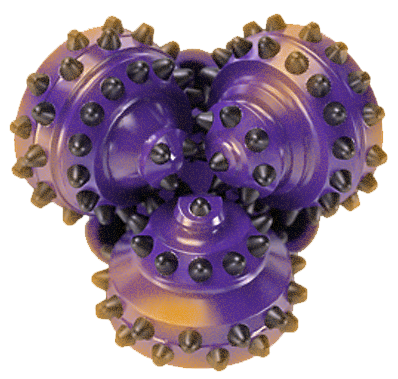Global Agency of Geosciences Experts
Global Agency of Geosciences Experts
Profesionnals with a Scientific background.
Background in Geosciences, petroleum geology or basic Petroleum Engineer knowledge
5 Session






 Geoid Training available
Geoid Training available

Principles of measurement and applications of wireline and loggingdrilling imaging tools.
Most relevant imaging tool vs
Image processing chain:
raw data to suitable for interpretation images
Wellsite inclinometry and image quality control
well site data of resistivity and acoustic imaging tools
common inclinometry and image acquisition problems
dip algorithms, dipmeter tools, dips derived from image logs.
Structural and sedimentary dips
interpretation rules
dip data for structural applications
structural dip, faults, unconformities
sedimentary structures and heterogeneities
Structural Interpretation of borehole images
general workflow for structural analysis
structural dip, unconformities, faults and stress.
Schmidt stereonets
principle of dip stereonet
structural parameters from dip data
Advanced stereonet techniques for 2D and 3D structural modeling from dips
dip derived structure models
structural models
3D seismic data in Petrel.
Basics on rock mechanics
Rock failure mechanism
Faults, fractures
Cores and outcrops
Vertical and horizontal wells.
stress related features on image logs
stress direction and intensity.
fracture contribution to reservoir permeability
fractures, faults and stress related features vs
General workflow for sedimentary analysis
image logs,
scales and definitions of sedimentary structures.
various depositional environments
combined with open-hole data
electro-facies in carbonate and clastic reservoirs.
principles of sequence stratigraphy
small scale resolution images to more robust sequence stratigraphy models







If you require a classroom training or a video training we’ll put you in contact with the best professor teaching in the language of your choice.
© 2022 All rights reserved